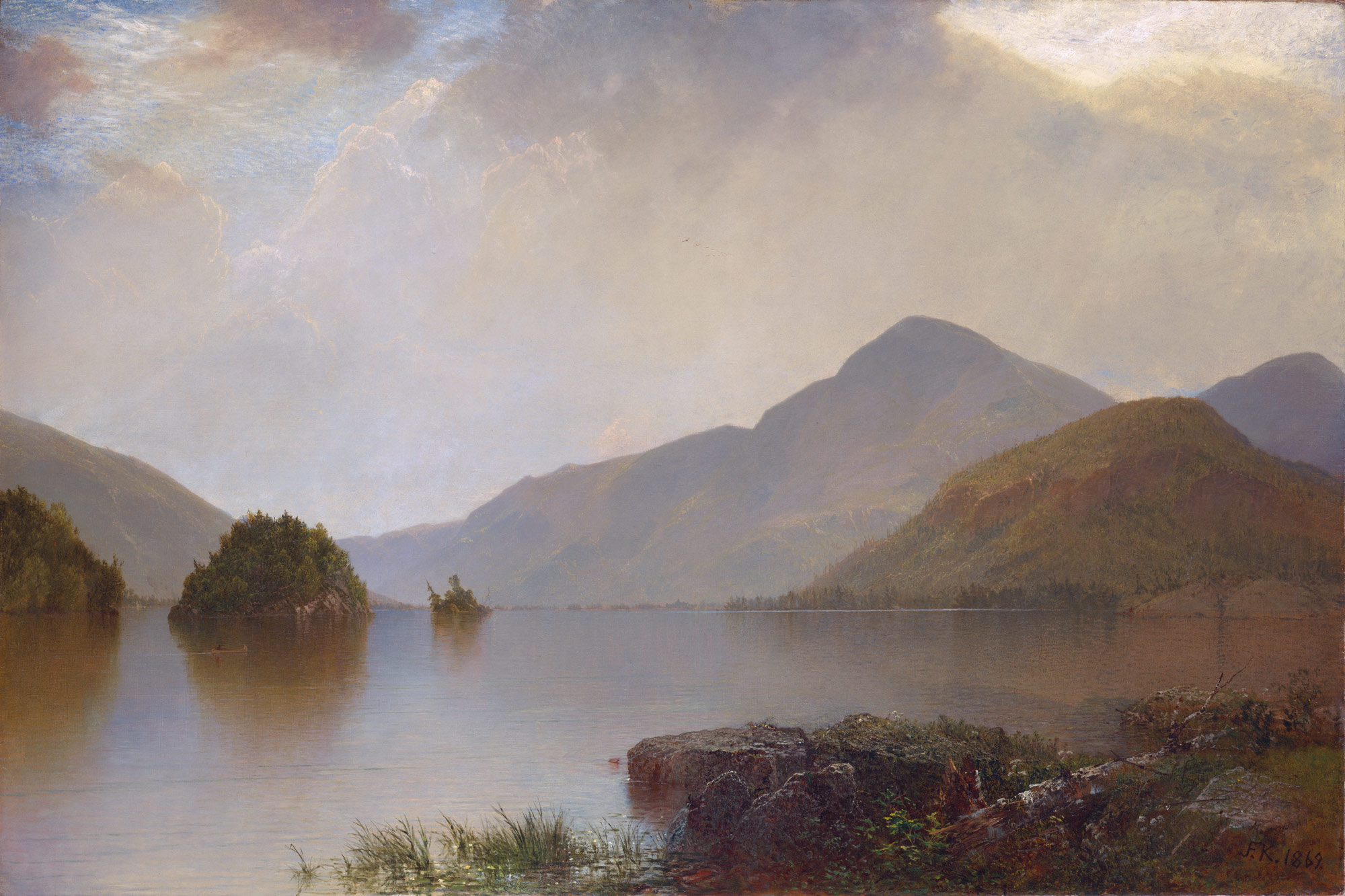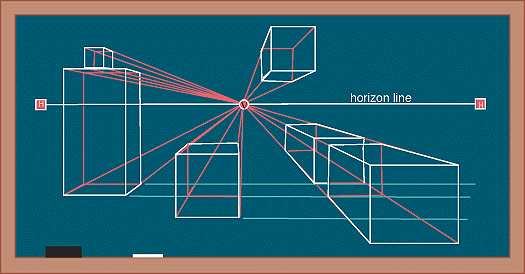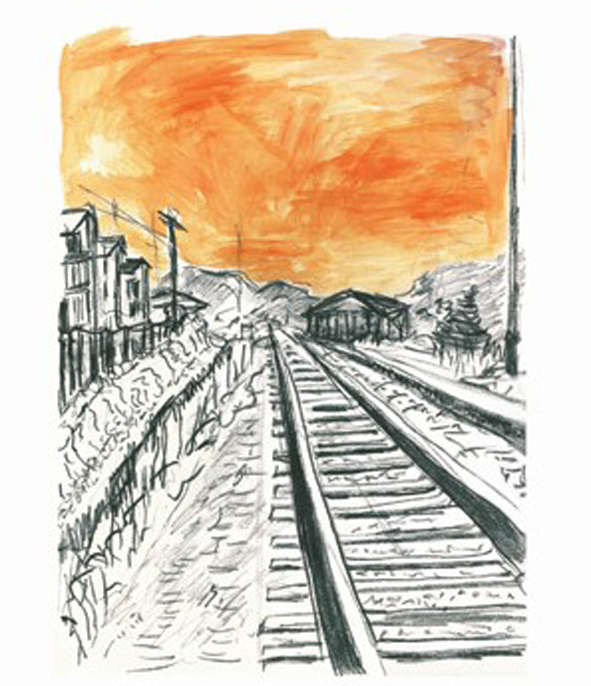Email (or deliver by hand to me) the NAME and ARTIST of ONE song that you know ALL of the words to.
Do NOT tell anyone what you have decided on!!! Once a song name & artist has been received from every student, there will be a matching quiz to match the student names to the songs they know. Extra credit points will go to the top-scoring student!
Sophomores:
DUE: Wednesday 10/30
Make a drawing in your sketchbook that shows:
-Atmospheric Perspective (objects getting lighter, bluer and fuzzier as they get further away)
-one example of Linear Perspective (one point, two point or three point perspective)
-use whatever medium you want! (pencil, watercolor, charcoal, ink, etc.)

John Frederick Kensett "Lake George" 1869

Jean-Baptiste-Camille Corot "The Bridge at Narni" 1826.
Juniors:
DUE: Tuesday 10/29
Continue to work on creating small thumbnails of patterns that range in value. (See last weeks assignment, Assignment #5)
Seniors:
Due: Your next class.
Continue to bring in all materials for working in class. If you need to project something on the Smart Board or if you need to print something out, make sure you have emailed it to yourself.




.JPG)
 Chuck Close
Chuck Close